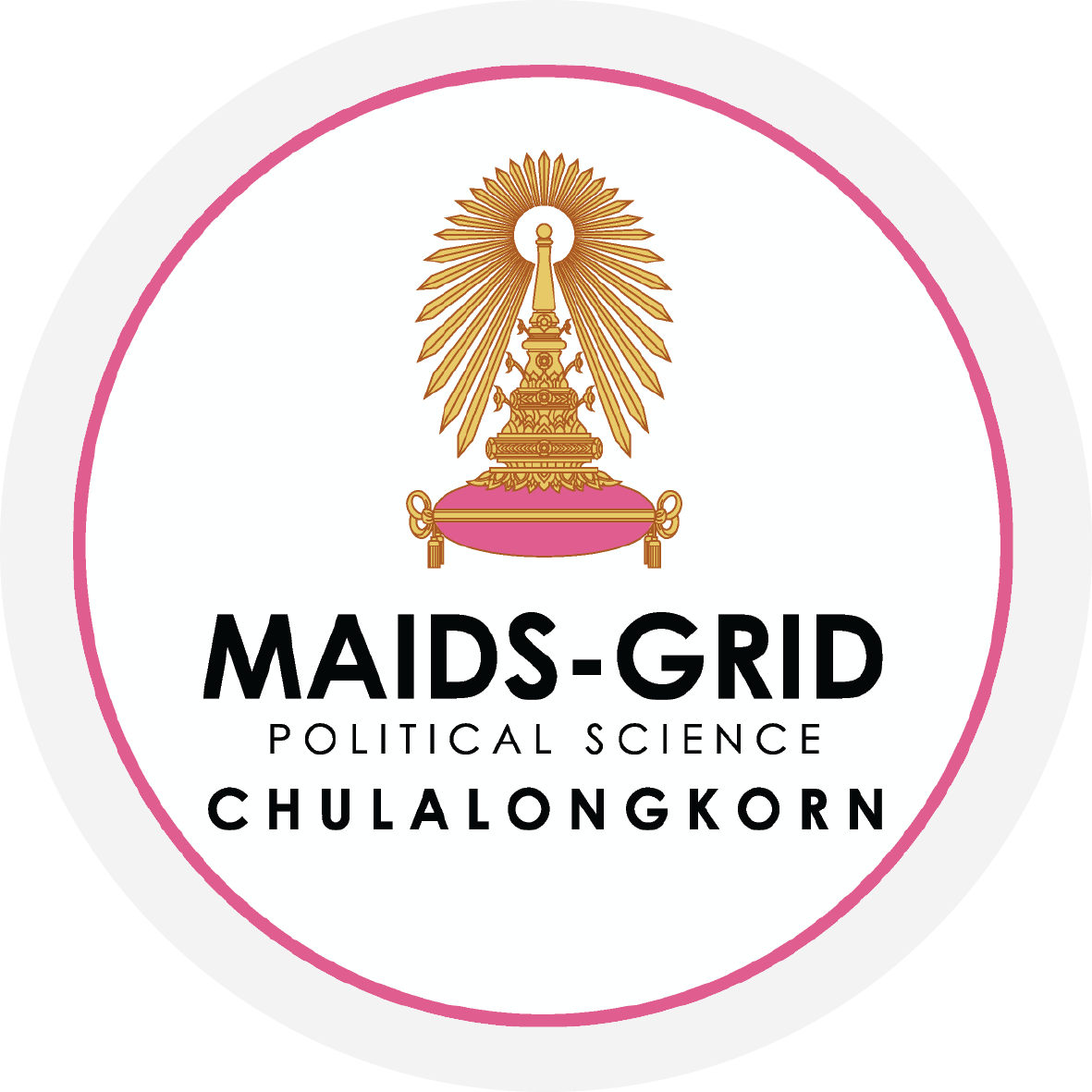EVENT: "Discovering Local Adaptation Strategies to Flooding: Third Pole Media Workshop Heads to Koh Kret" [22 August 2017]
Wasting no time, the group was then whisked away to a farming area, where a tour of a traditional fruit farm was given, allowing for a glimpse into Thailand’s agricultural practices and the challenges this sector now faces. Koh Kret island is famous for its durian fruit, which can cost up to THB 10,000 per kilogram. The farmer explained that whilst the durian trees are vulnerable to flooding, some farms build dykes to protect their trees, and there was a wider desire for more comprehensive flood protection dyke infrastructure for the whole island.
After a relaxing lunch alongside the river, the group broke up, with the MAIDS graduate students going off to practice some of their newly learned research methods and the journalists continuing their tour of the island, ending at the island’s famous pottery handicraft center, where traditional clay techniques were displayed and explained.
Story: Robert Irven / Photo: Nopakorn Paisarnmunkhong
Tucked away just north of Bangkok proper sits a tiny island on the Chao Phraya River, home to both local Thai and decedents of ethnic Mon communities who have shared this location for over 200 years. Koh Kret was the site of the second day of the CSDS/ MAIDS/ Third Pole media workshop, where our visiting journalists and new MAIDS students were taken for a day of observation and hands-on learning on 21 August 2017. Corresponding with the workshop’s main themes, the day focused on learning the island’s history and current responses to regular and severe floods, the utility of local/traditional knowledge, sustainable tourism and community cooperation and activism.
Our group was first greeted and briefed by the islands main administrators, who gave a brief history of the island, and generously answered in detail many of the group’s questions relating to flood prevention and how urban and environmental changes were affecting the island. They emphasized a ranged of challenges, including river bank erosion, managing pollution, and the impacts of flooding.
After cooling off away from the brutal midday monsoon heat, the group arrived at the community center for some traditional Thai snacks and sweets, alongside an introduction of community life and how the seven moo’s [villages] interact and work together to keep traditions alive and teach its many daily tourists about their lives on Koh Kret.
Overall, the field trip to Koh Kret was an opportunity to learn firsthand the experiences of communities who regularly experience flooding of the Chao Phraya River. We discovered that whilst the floods are regularly disruptive, the communities and the local authorities collaborate together to prepare for floods as much as possible, and minimize the harm should flooding occur. Access to information is key to enable preparation, alongside a sense of community solidarity that ensures mutual support when flooding creates difficulties.
Dr. Carl Middleton presents some souvenir to the Koh Kret Sub District Administration Organization





